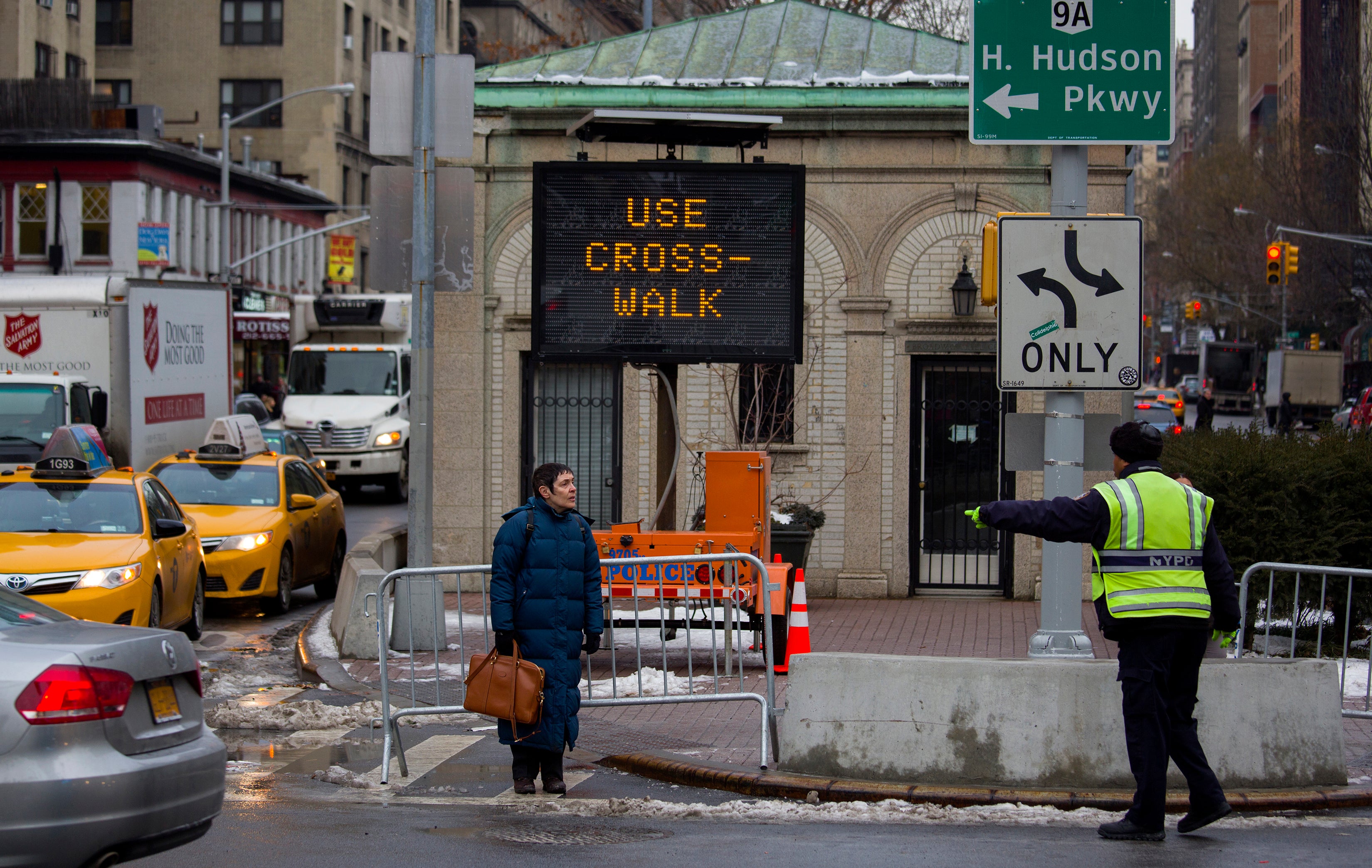Judge rules NYC crosswalks fail to protect blind pedestrians
A judge says most crosswalks in New York City violate laws protecting people with disabilities by failing to properly protect blind pedestrians

Your support helps us to tell the story
From reproductive rights to climate change to Big Tech, The Independent is on the ground when the story is developing. Whether it's investigating the financials of Elon Musk's pro-Trump PAC or producing our latest documentary, 'The A Word', which shines a light on the American women fighting for reproductive rights, we know how important it is to parse out the facts from the messaging.
At such a critical moment in US history, we need reporters on the ground. Your donation allows us to keep sending journalists to speak to both sides of the story.
The Independent is trusted by Americans across the entire political spectrum. And unlike many other quality news outlets, we choose not to lock Americans out of our reporting and analysis with paywalls. We believe quality journalism should be available to everyone, paid for by those who can afford it.
Your support makes all the difference.Most crosswalks in New York City violate laws protecting people with disabilities by failing to properly protect blind and low-vision pedestrians, a judge ruled Tuesday.
U.S. District Judge Paul A. Engelmayer in Manhattan said the city has violated three laws protecting the disabled with its failure to equip most crosswalk signals to aid the blind or those with bad eyesight.
The judge said it is yet to be decided what the ramifications of the ruling will be because the first phase of the court proceeding was to assess liability.
The city is consistently working to make streets more accessible for those who are blind or have low vision, particularly by adding devices that communicate with sounds, speech or vibrating surfaces, city spokesperson Laura Feyer said.
The city will continue to work with the disabled community to make improvements, she said.
The ruling came in a lawsuit brought by a nonprofit corporation that represents people with vision disabilities.
In the decision, Engelmayer noted that New York City has the highest population density of any major American city.
“Pedestrians with visual disabilities often encounter danger, inconvenience, and humiliation while attempting to use the City’s crosswalks,” he wrote.
Of the city's 120,000 pedestrian control signals, nearly all of 13,200 signals at 45,000 intersections only communicate crossing information in a visual format, the judge said. Those signals are inaccessible to the blind leaving fewer than 5% of signals that aid blind people, he said.